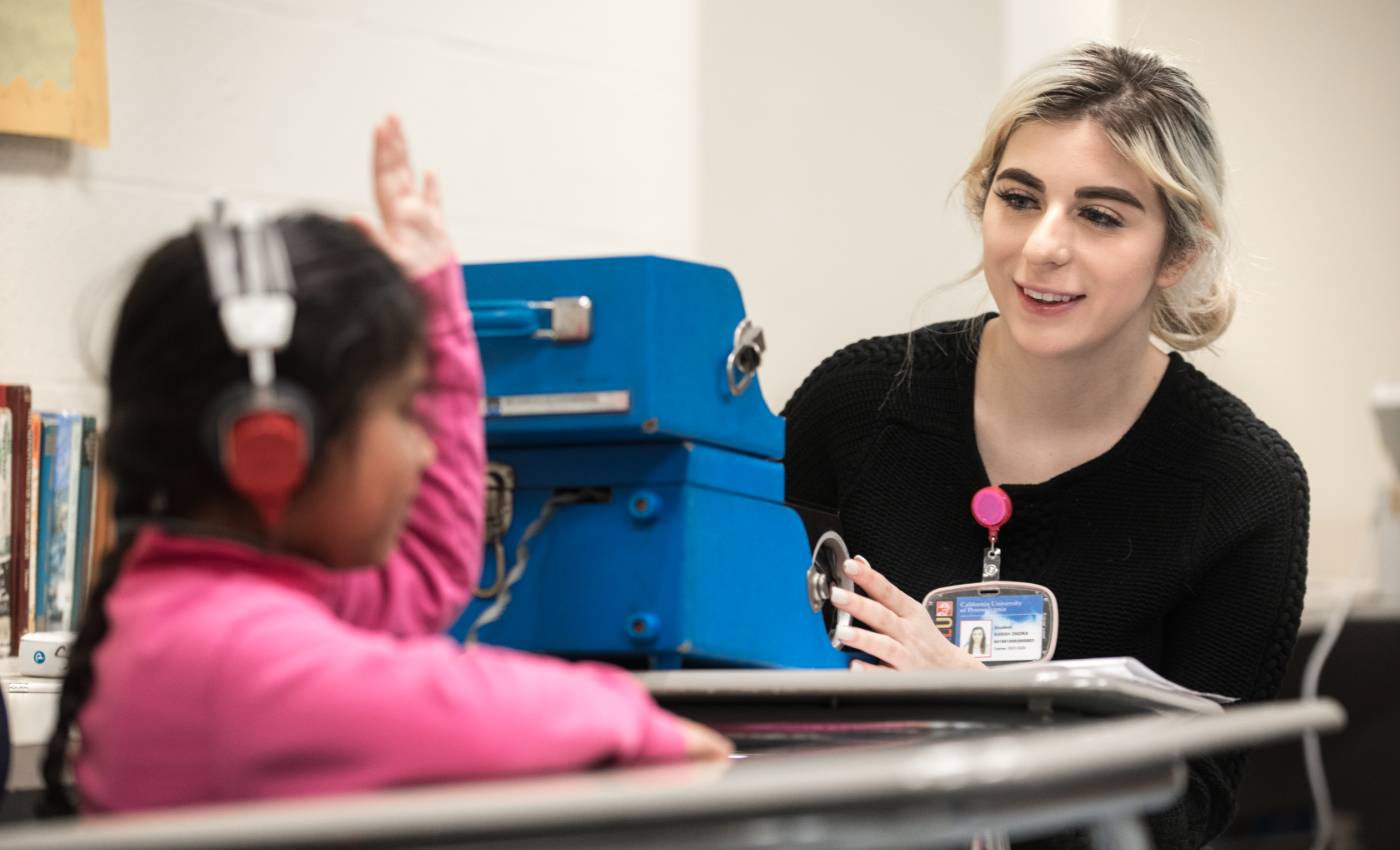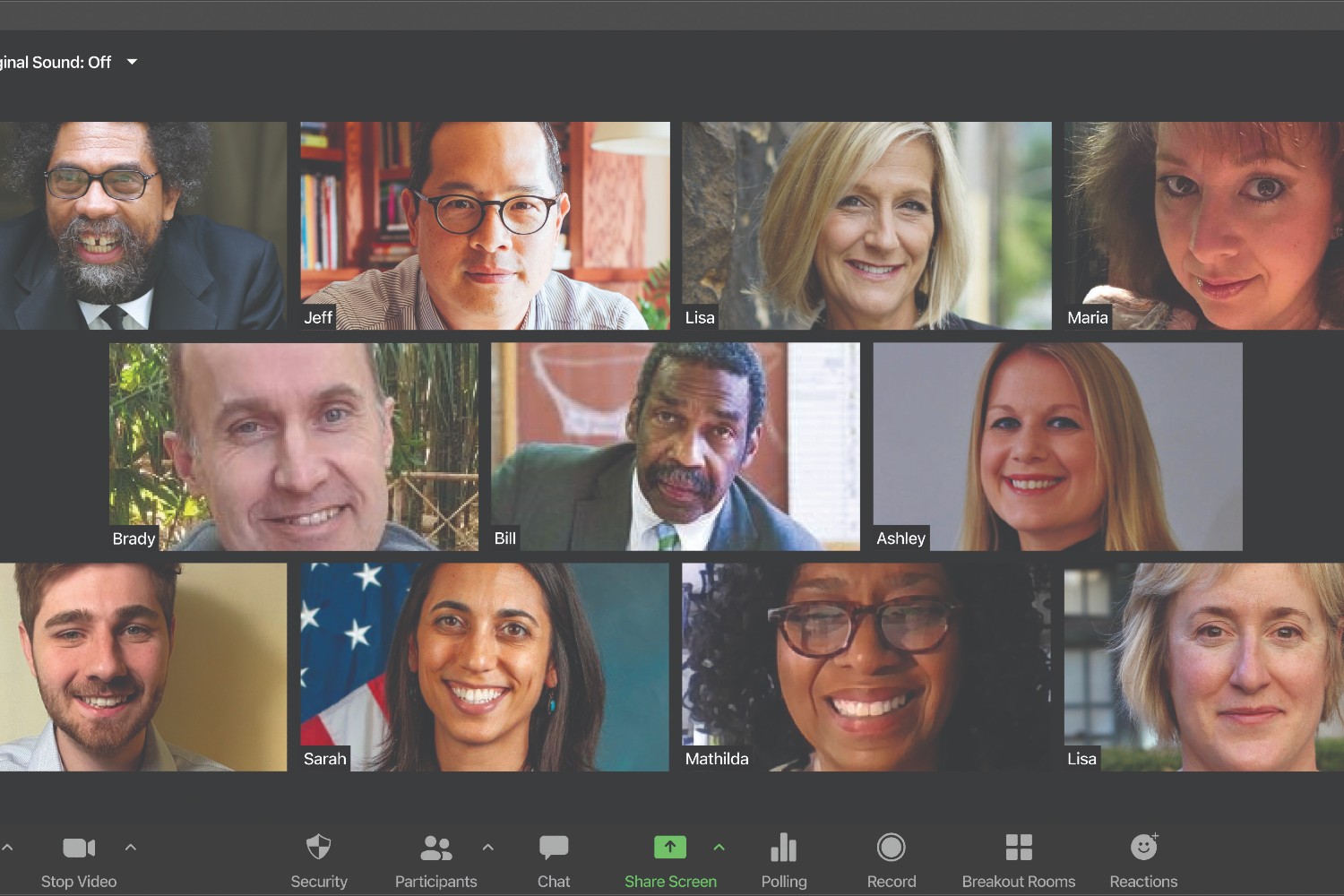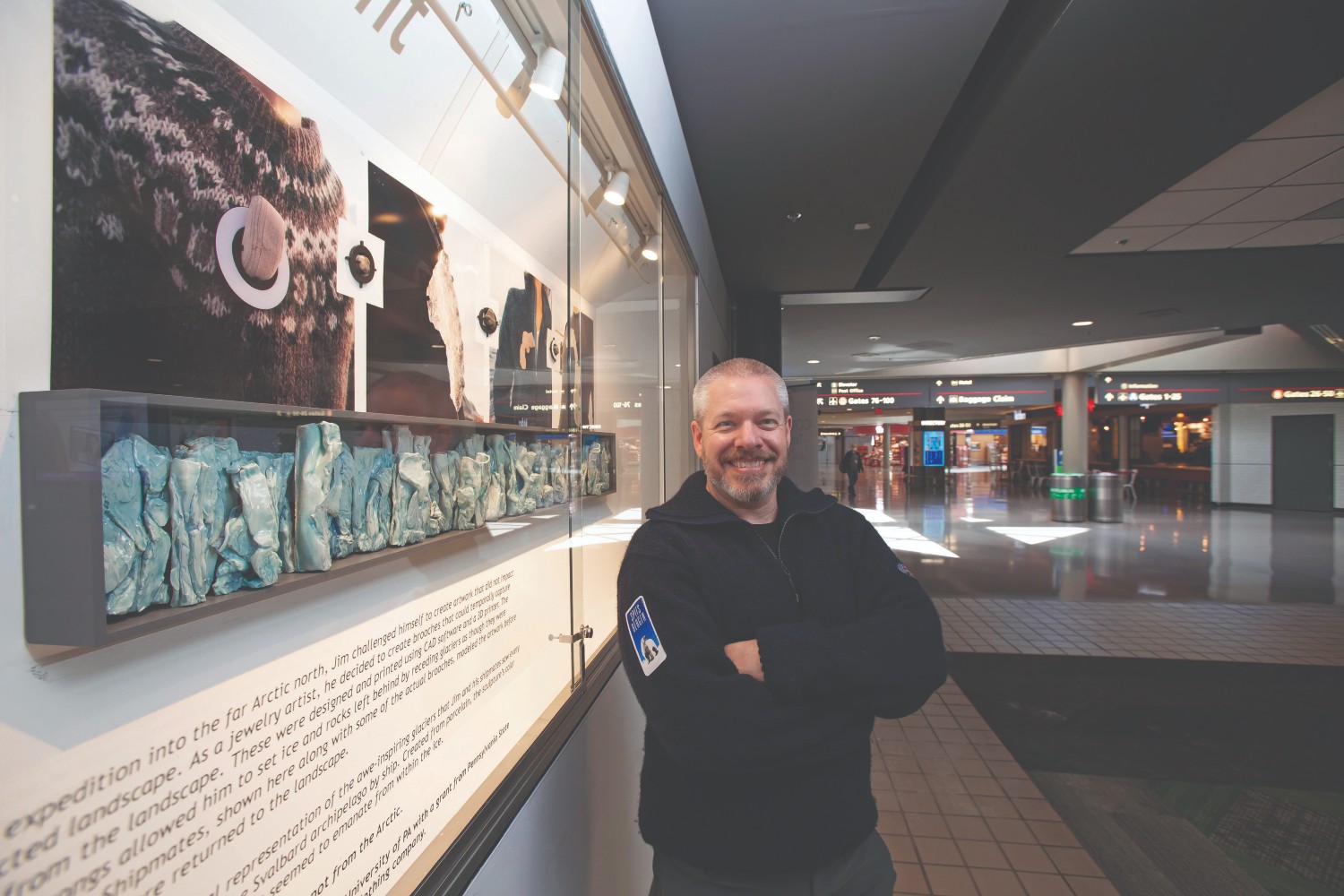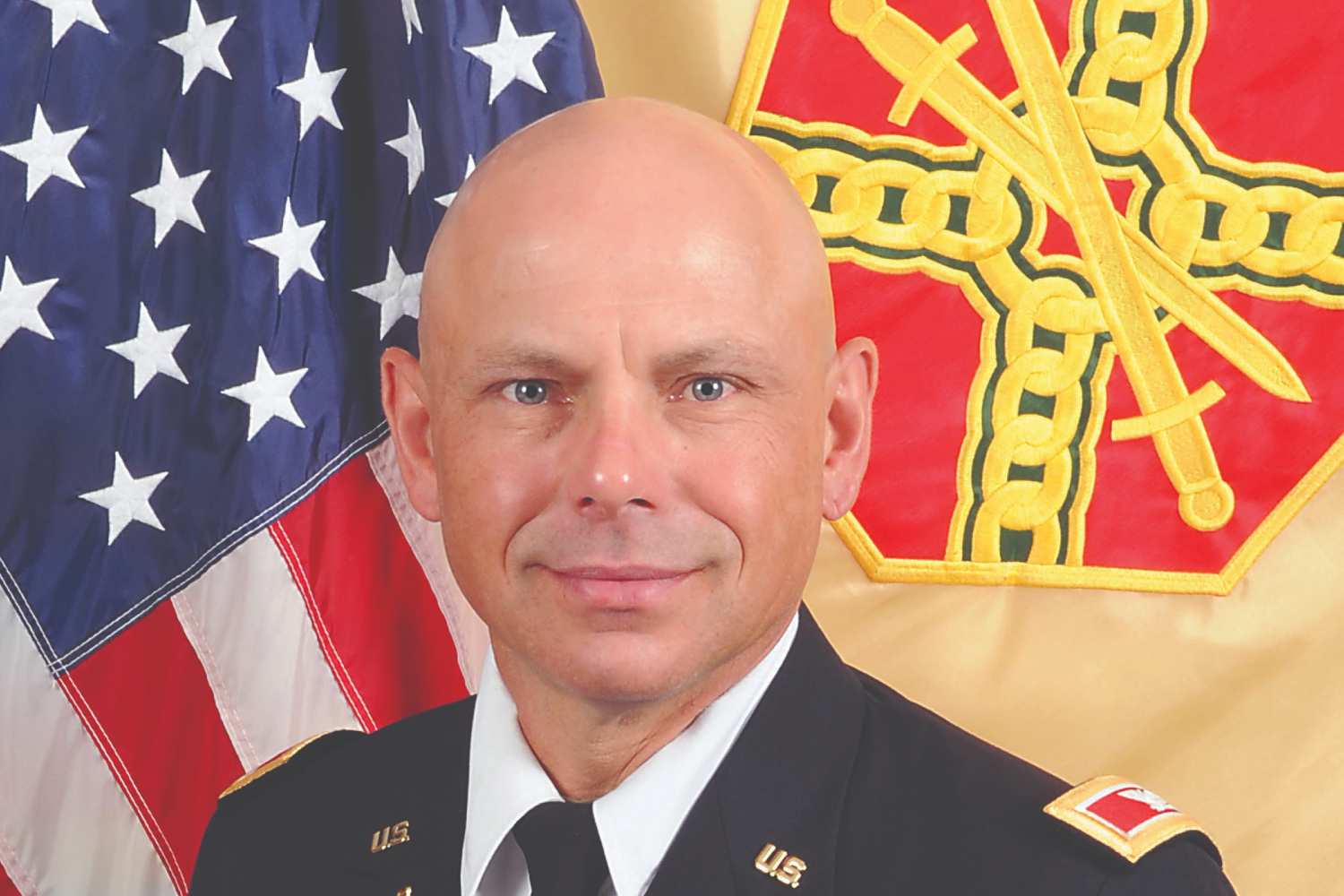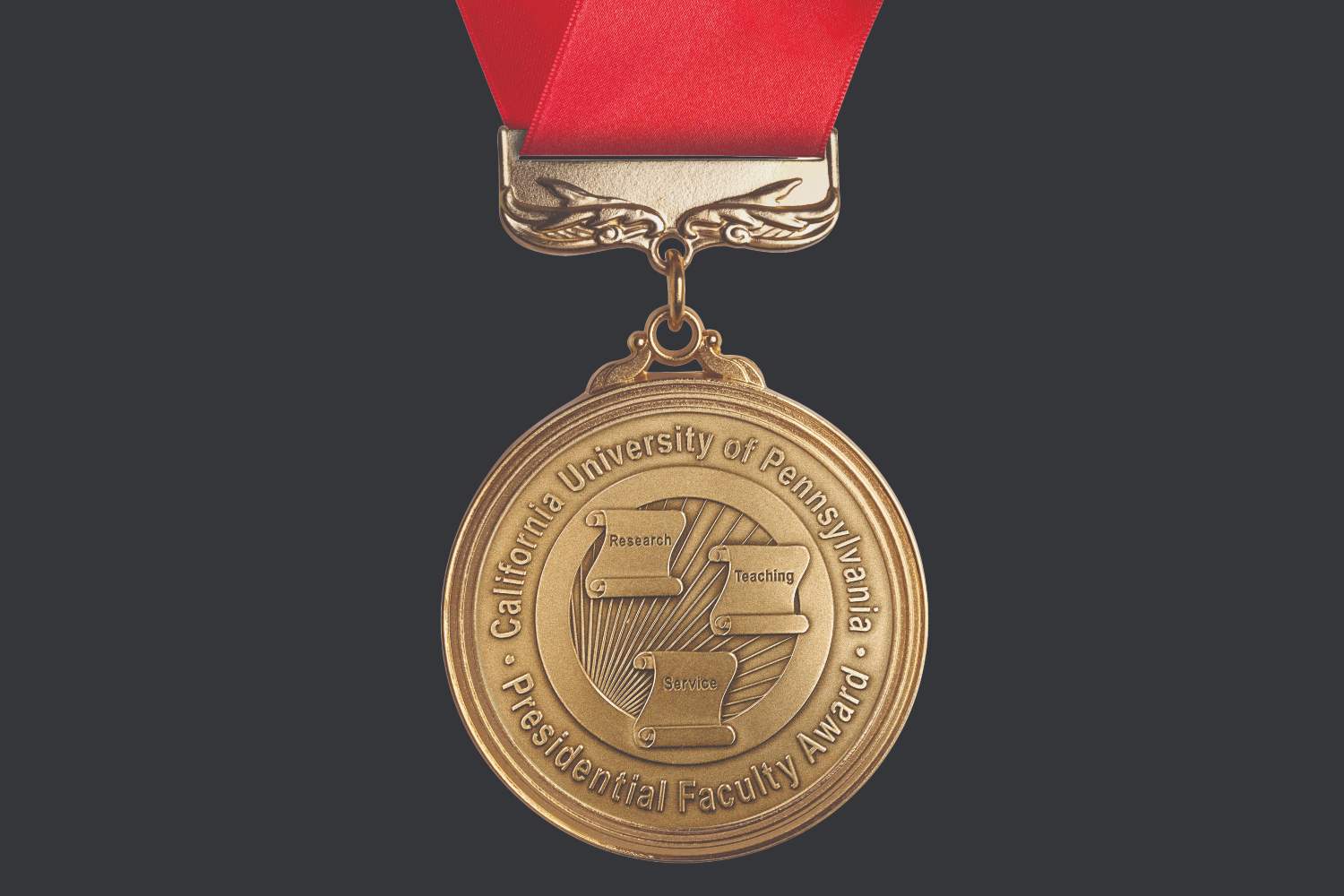With whispered words and a buzz of excitement, first-graders in the California Area School District line up outside a classroom, waiting their turns.
It was hearing screening day in the district, as mandated in Pennsylvania for students in kindergarten, first, second, third, seventh and 11th grades, as well as for special ungraded classes.
The children were excited to interact with Cal U graduate students in the communication disorders program, who were ready to administer the tests.
“Listen carefully, and raise your hand when you hear a beep, OK?” the instructions went.
Students in the communication disorders program have helped area schools with hearing tests since 2001. During the 2019-2020 school year, these master’s degree candidates tested about 5,000 students in 12 school districts.
The screenings are a first step in identifying hearing deficits that can interfere with a child’s speech, language, social and emotional development, and school readiness. Those who don’t pass are referred for follow-up testing.
“Rather than reading about it in a textbook and practicing among themselves, our students get to experience working as a team, working with different age levels, and working with children with special needs,” says Dr. Ralph Belsterling, who created the partnership with school districts almost two decades ago.
“They also gain inter professional collaborative experiences with other healthcare providers and professionals.”
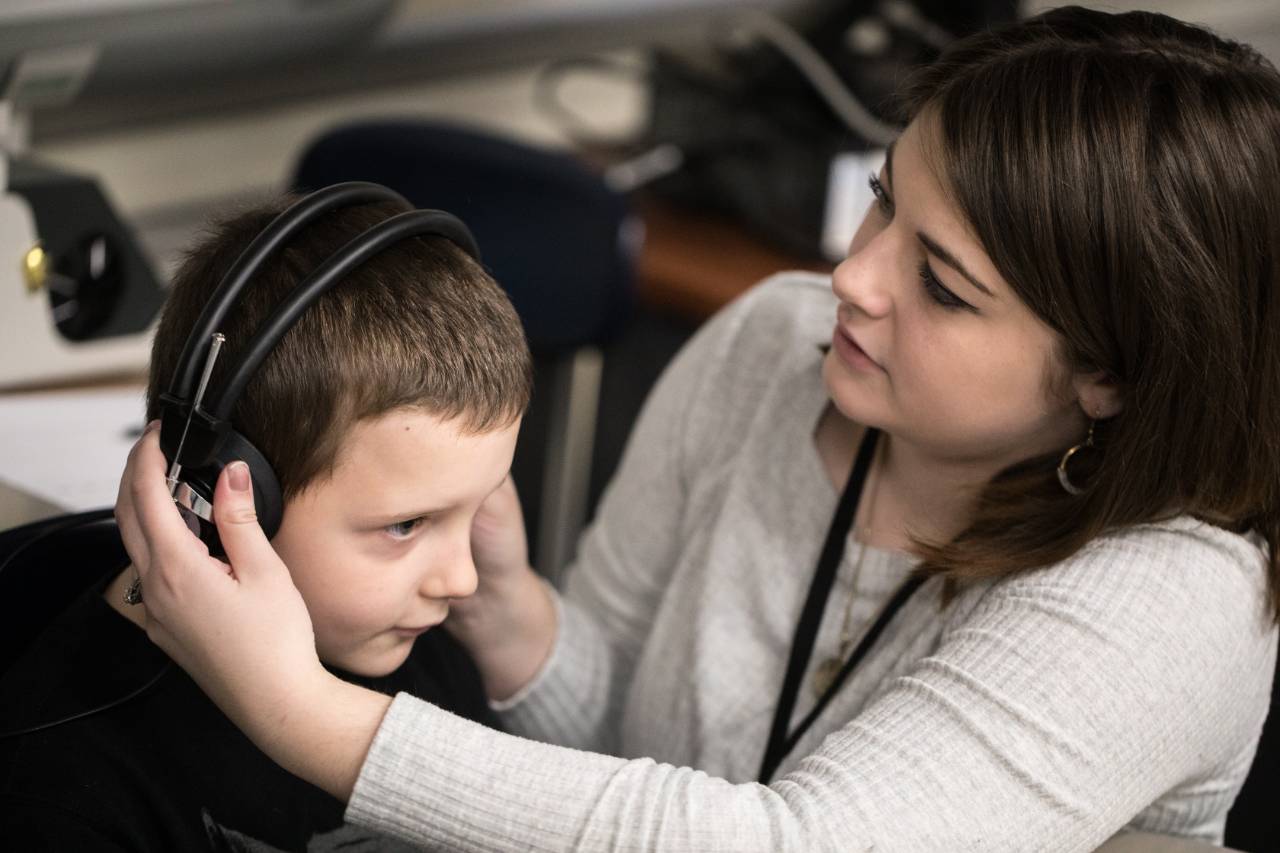
The hands-on experience is valuable for Cal U students — and school districts appreciate the help.
At California Area, more than 400 children must be screened each year, says school nurse Sharon Leonard ’93, who also is busy managing complex medical conditions, like the student who was having her insulin level checked on the day of the screening.
“For us to bring in 16 of our graduate students and screen 250 students in two hours is very much appreciated,” Belsterling says.
“It gives our students an idea of the workloads they may have as school-based speech-language pathologists. A speech clinician might work with 60 children, and a school nurse might be responsible for up to 1,500 students.”
Emily Smearcheck ’19 is pursuing her master’s degree after earning a bachelor’s in communication disorders at Cal U. She reached into her speech-language pathologist’s “bag of tricks” during her screening experience.
“We screened such diverse populations,” she says. “These included children with profound hearing impairments who wore hearing aids that we needed to know how to remove, children for whom English is a second language, and students with special needs.
“We had to learn how to get the students to respond to the sound stimulus if they didn’t want to raise their hands. We asked one girl to give us a high-five, and she loved that!”
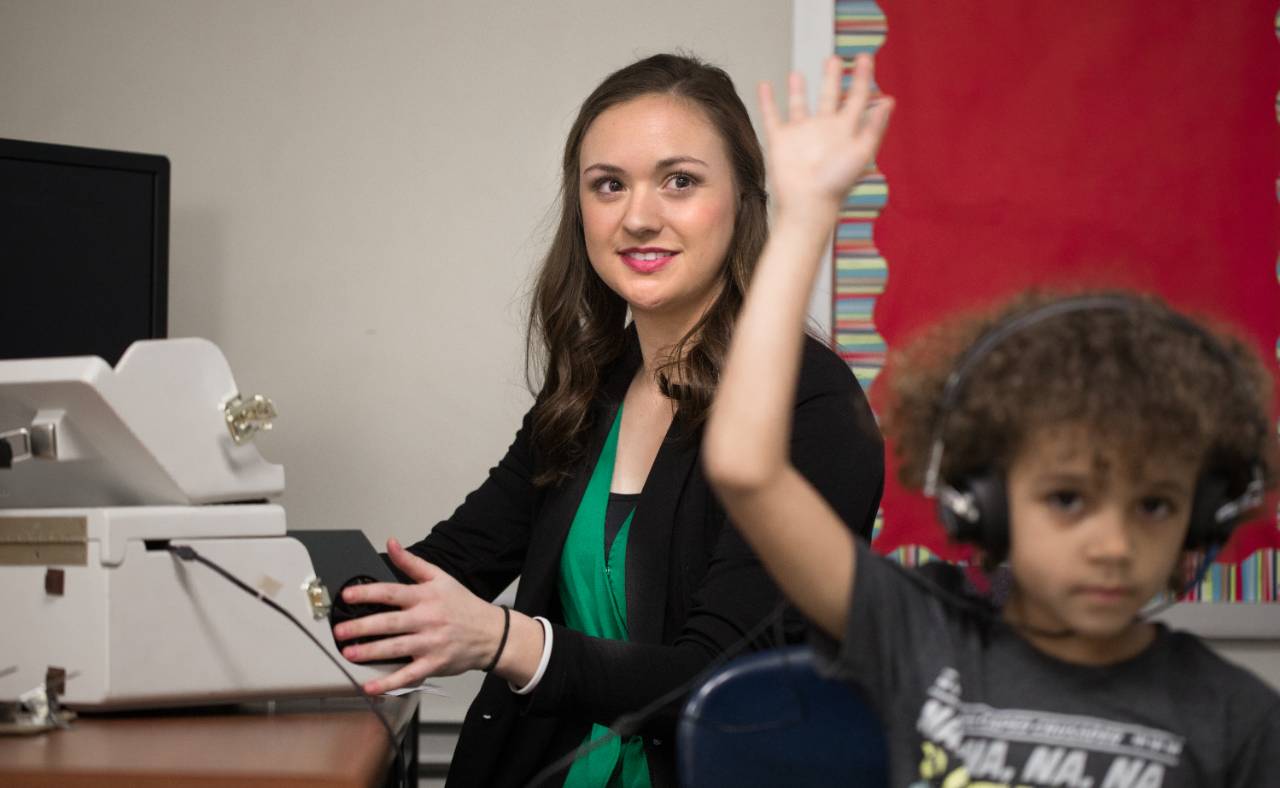
Smearcheck is proud to provide a community service.
“Practicing good hearing health is crucial,” she says. “Some students may only have their hearing screened through this service Cal U provides, so it’s nice to know we play a role in preventative care.”
The chance to experience real-world scenarios as a student makes the communication disorders program at Cal U stand out, Smearcheck adds.
“Freshmen have the opportunity to have hands-on experience from the start,” she says. “It’s a great feature. Students at other (schools) may not experience this until later in their academic careers, or they may have to seek out their own experiences.
“And many of the professors in the department are still practicing speech-language pathologists. They’re up to date with the trends in the field, which is crucial for preparing students to enter the workforce.”
Belstering started the hearing-screening program in 2001, when he first came to Cal U.
“Our students love doing it; they love putting their education tools to use,” he says.
“It’s a win-win-win. The local schools, our University students, and especially the children we screen all benefit.”
THERAPY FOR PARKINSON'S PATIENTS
People with Parkinson’s disease who may benefit from speech-language therapy have a resource at the free Speech and Hearing Clinic at Cal U.
The clinic is directed by professor April Wright ’07, ’09, a specialist in adult neurogenics, with a focus on Parkinson’s disease. The category includes other acute events or progressive disorders – stroke, dementia, ALS or Lou Gehrig’s disease, and traumatic brain injuries.
Wright has been a faculty member in the Communication Disorders Department since 2018. She also works at the Cahouet Center for Comprehensive Parkinson’s Care at Jefferson Hospital, part of the Allegheny Health Network.
At the on-campus clinic, Wright supervises graduate students in the communication disorders program as they assess and treat clients of all ages.
“Our students are getting excellent real-world experience,” Wright says.
“They are seeing one or two clients per week.”
Wright has used her community connections to bring more Parkinson’s patients to the clinic for evaluation and treatment.
“I go to Parkinson’s support groups. I take my card. I tell people, ‘If you need speech therapy, we’re here,’” Wright says. “I explain that they can get quality therapy here two days a week. And it’s free.”
In spring 2020, more than 50 clients received therapy at Cal U’s Speech and Hearing Clinic. Three of those have Parkinson’s.
“Overall, our speech therapy clinic completes about 80 visits a week,” Wright says. “We just received two new adult referrals who suffered strokes and whose insurance only covered six visits. What do they do now?
“Here we are.”
Jewelein Stevenson ’18, now a graduate student, credits Wright with guiding her interest in treating clients with Parkinson’s disease.
“The clinic prepares us for real-world experiences, because we see children who are 2 years old and nonverbal all the way up to someone who is 80 with Parkinson’s disease,” she says.
“I appreciate her leading me in that direction.”

